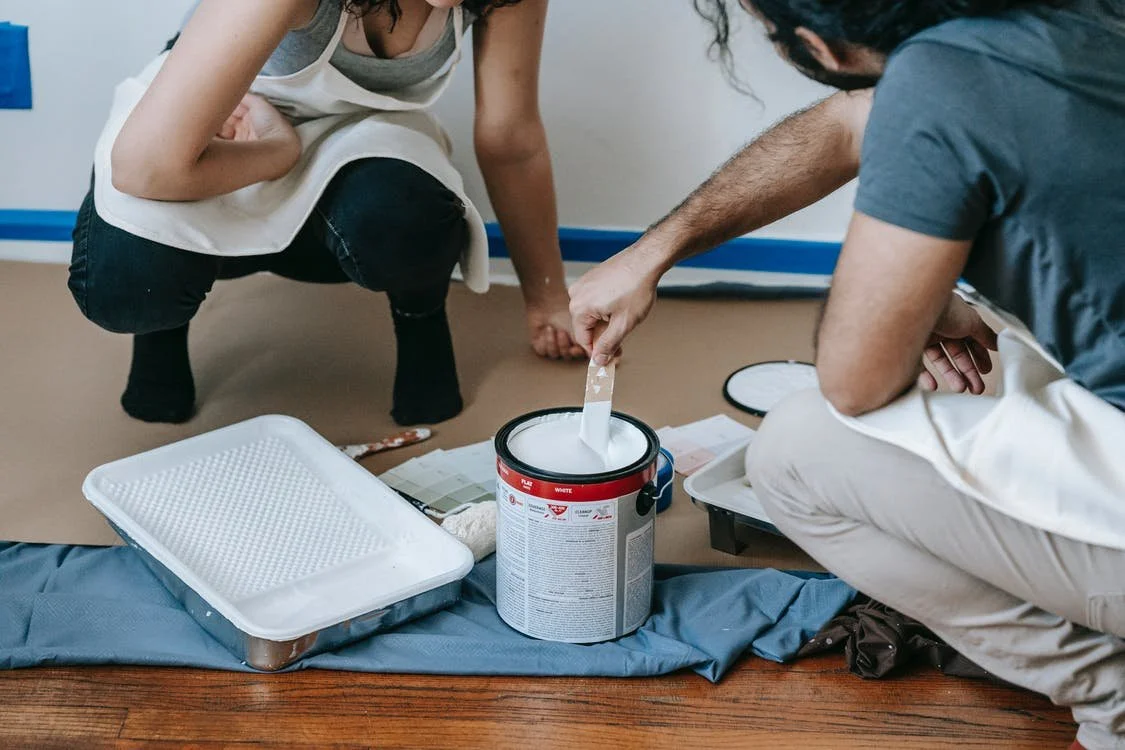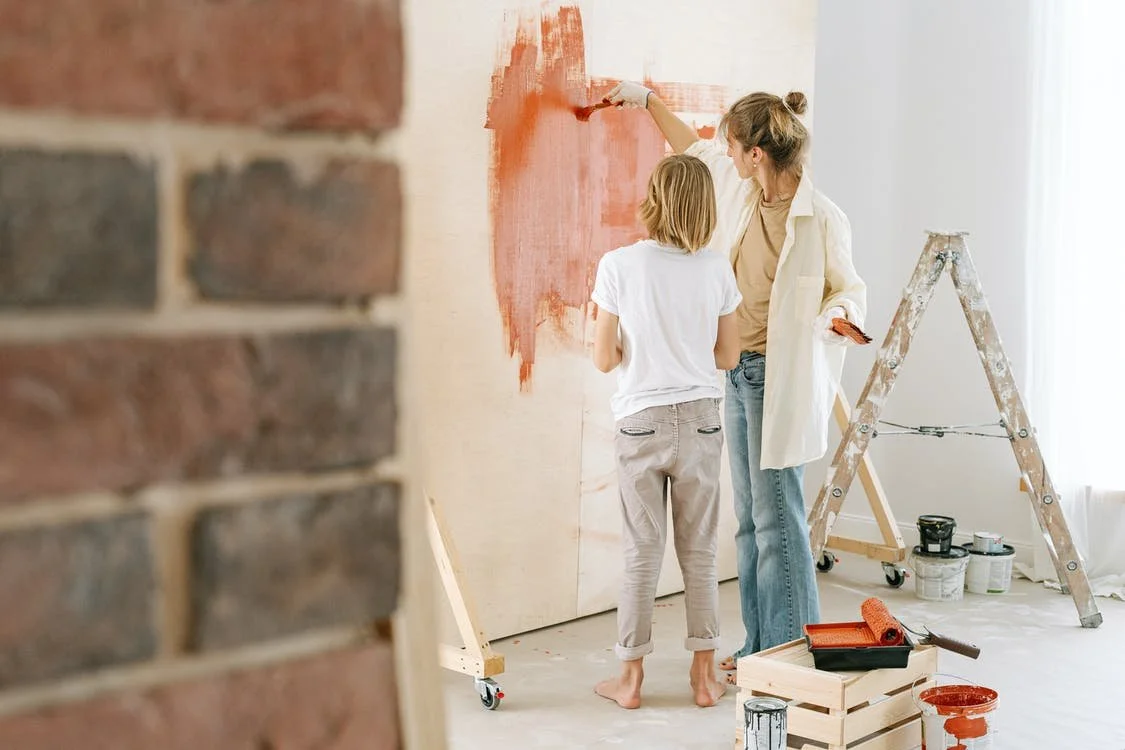Do These 5 Things before Painting Your Home
Embarking on a home painting project can be exciting. It can make your new place feel a lot cozier and more personalized. If you simply want to change things up, a new coat of paint can be the perfect fresh start that won’t break the bank.
If you’ve already picked out your favorite shades for each room, that’s just the beginning. There are a few things you might need to do before you start whipping out those paintbrushes. Read on below to find out more.
Prepare the Walls
Sprucing up your walls would be a lot easier if those vertical surfaces came ready to be painted straight away. Unfortunately, that’s usually not the case. You may need to do a few preparatory steps before you can start with the first coat. This part can be tedious and not as fun as painting, but it’s crucial for your DIY project to work out well.
Most walls will probably only need to be wiped down with a mix of water and detergent to get rid of built-up dirt and oil. If there are signs of mold or mildew, it’s best to consult a professional instead of getting rid of them on your own. Rough or uneven surfaces will also be annoying to paint over, so sanding them can be a good idea.
Exterior walls may need to be hosed down to completely remove stubborn dirt and stains. Keep an eye on the weather forecasts to not let rain get in the way of your schedule. And make sure to schedule cleanup a day or two before you start painting to give the surfaces enough time to dry.
Color Coordinate for Coziness
If your color options are still up in the air at this stage, that’s all right! One thing that might help you decide is your current color palette. Do you gravitate toward specific colors for your furniture, pillowcases, or home decor? Use them as inspiration. You can either go with the same for your walls or choose a complementary color. Use a color wheel to help you decide.
It’s also not a problem if you’ve picked out a color but don’t have the items to match yet. For instance, you can customize some snuggly blankets with photos or designs that go well with a color you’ve picked for every room. Another creative option would be to get the rest of the family involved in making handmade artwork or knick-knacks in the same color. These tiny but meaningful additions can make your house truly feel like a home.
Suit Up for Safety
It’s not impossible to get paint out of skin or clothes, but it’s still a lot of work. Your best bet would be to don an old outfit that you don’t mind getting stained. Long-sleeved tops and old overalls would be a good combination to keep paint away from your skin. Safety glasses or goggles are also a must for eye protection. Face shields can be an alternative option; they may be slightly unwieldy, but they offer wider coverage.
Lastly, don’t forget to protect your hands. They will be in closest contact with the paint after all. Have a box of nitrile gloves with exam-grade protection ready. Choose powder-free types to avoid any potential skin irritation. And make sure to get them in various sizes to accommodate everyone joining in with the fun.
Keep the Place Breezy
Don’t skimp on the paint budget itself. Take time to pick out high-quality paint that is nontoxic and free from volatile organic compounds (VOCs). These types also don’t give off heavy odors, making for a more comfortable painting experience.
And even when you’ve done the research, it is still best to take the necessary precautions. Ensure that whatever room you will be painting is well ventilated. Open all the doors and windows to let air in while you’re working. If that’s not feasible (for instance, in basements), bring along a sturdy fan and place it with the front facing the doorway. It will help the indoor air flow out.
Good ventilation will also help speed up the drying time after you’re done. That way, you can admire your freshly painted place as soon as possible.
Protect Your Precious Items
For new homeowners, it might be ideal to get paint jobs done before moving in your furniture and other stuff. But if it’s too late for that or if you’re just painting over your old place, you can still make it work. Move your items to the corridor, a spare bedroom, or at least away from the walls and into the middle of the room. Throw something waterproof over them, like a plastic sheet or tarp, to keep them safe from paint splatters.
Don’t forget about the floors as well. Cover the area with your protective material of choice, and seal them with masking tape at the edges, so everything stays paint-free. If that’s too much work, you can also simply line old newspapers or cardboard along the walls you’ll be working on. That will take less time, and you can just move them around as you go.
Painting projects can get a bit messy and tiring, and it may feel intimidating to do everything by yourself. But seeing the result of your handiwork is sure to be highly fulfilling and will help you feel more connected to your home.
It also doesn’t have to be drastic, either. You can always take baby steps like changing the finishing or trying out a new color on a spare room first. Build your DIY painting skills at your own pace, and soon you’ll feel confident enough to take on bigger projects.
What colors would you pick out for each room in your home if you could repaint them?
Author's bio:
Katie Brown is a Content Relations Officer from Gloves.com, a company that sells different types of gloves.



